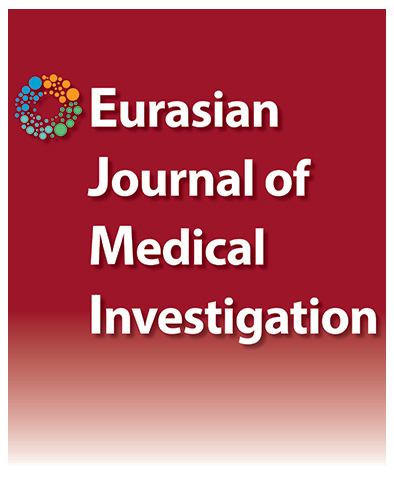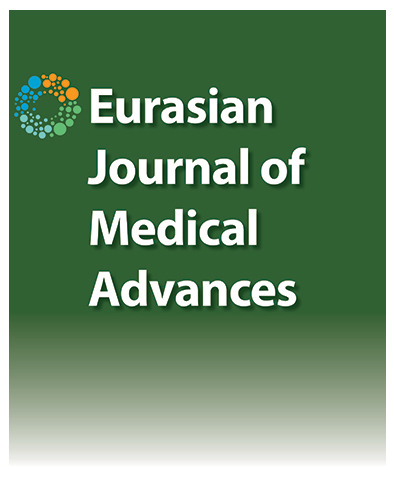Viral Co-Infection of Oncogenic Human Papillomavirus with Epstein–Barr Virus, Human Herpesvirus 8 and Herpes Simplex Virus Type 2 in Malignant Cervical Cancer
Soukayna Alaoui Sosse1, Kaoutar Anouar Tadlaoui1, Mustapha Ben Hassou2, Mohamed El Karooumi2, Mohamed El Mzibri3, Moulay Mustapha Ennaji11Team of Virology, Oncology and Biotechnology. Laboratory of Virology, Oncology, Biosciences, Environment and New Energies, Faculty of Sciences and Techniques– Mohammedia, University Hassan Ii Of Casablanca, Morocco2School of Medicine and Pharmacy, University Hassan Ii of Casablanca, Morocco
3Biology and Medical Research Unit, Cnesten, Rabat, Morocco
Objectives: Cervical cancer (CC) is considered the fourth most common malignancy and the fifth fatal cancer in wom-en, oncogenic Human papillomavirus (HPV) are considered a primary cause of development of cervical cancer. It has also been suggested that viral coexistence may also accelerate the progression of cervical lesions to cervical cancer. This study aims to study the coinfection of Epstein Bar Virus (EBV), Herpesvirus 8 (HHV8) and Hepes simplex type 2 (HSV2) infections in women with cervical cancer with the presence of HPV and their correlations with the clinicopathologic characteristics of patients.
Methods: In this study, 73 samples that tested positive for Human papillomavirus in previous study were used for the detection of EBV, HHV8 and HSV2 in tumor tissue using Polymerase Chain Reaction techniques, and the clinical rel-evance was analyzed statistically.
Results: Of the 73 samples (48%) were infected with EBV, (24.65%) infected with HHV8 However, none of the cases were infected with HSV2. The frequency of co-infections was 22% of cases. No significant association was found between co-infection and other clinicopathologic features.
Conclusion: Therefore, these results represent arguments in favor of the role of EBV and HHV8 among HPV positive cases, as potential cofactors in cervical carcinogenesis, which could lead us to develop new therapeutics and preven-tive vaccines.
Manuscript Language: English





